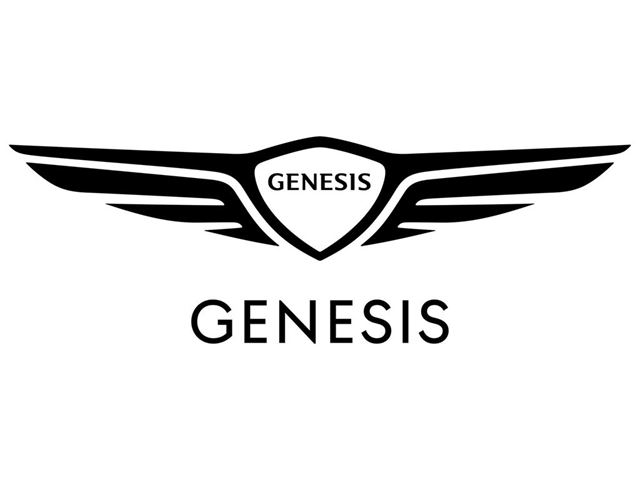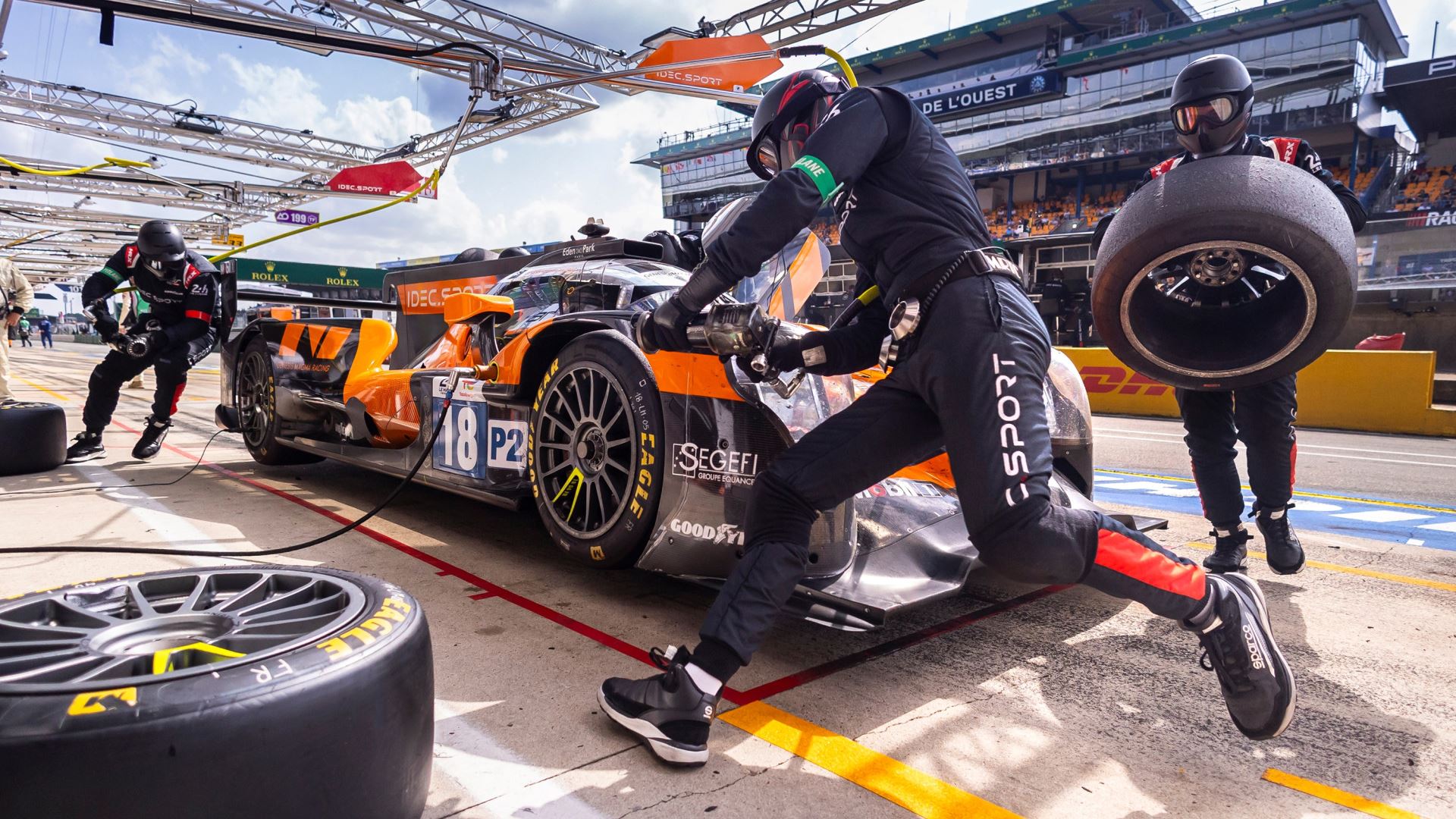- Genesis Magma Racing’s technical leads reflect on the busy first weeks of the GMR-001 Hypercar’s on-track development phase
- FX Demaison and Justin Taylor explain the main aims of the running at Circuit Paul Ricard, and the outcomes of the five days at the track
- The two men look ahead to the next phases of development, as focus turns towards the reliability and performance of the GMR-001 Hypercar
Le Castellet, France, Tuesday 9th September: The first tests of the GMR-001 Hypercar signalled the start of the next key phase in Genesis Magma Racing’s preparations to enter the FIA World Endurance Championship (WEC) in 2026. Following the five days of testing at Circuit Paul Ricard, François-Xavier Demaison (better-known as FX), Genesis Magma Racing Technical Director, and Justin Taylor, Genesis Magma Racing Chief Engineer speak about the test, providing details on the focus and results from the first tests, and plans for the next steps in the development process.

Genesis Magma Racing Chief Engineer Justin Taylor
What was the difference between the shakedown and the first tests?
Justin Taylor: “In the shakedowns we were running the GMR-001 Hypercar on small circuits, simply validating that each system was working correctly and that all the pipes and wires went to the right places and that there were no clashes. At the first full tests we could start learning what is different from the bench tests we have done, and begin tuning the different systems to work together as one when the car is running on a proper racetrack.”
What has been the focus of the first tests?
Justin Taylor: “One of the biggest areas of focus can be summed up with the word ‘synchronisation’. This specification of cars have several systems that must work in sync to have good performance and reliability. It takes some time and effort to get everything following the same beat. However, this is something that must be done before we can move on to the next stages of testing, so it was important that we took the time to focus on the software in the first tests to lay the foundations for the entire development process.”

Genesis Magma Racing Technical Director François-Xavier Demaison
How have Genesis Magma Racing engineers brought together the data from engine dyno testing and simulator work to support the first on-track tests with the GMR-001 Hypercar?
FX Demaison: “The months of work by the Powertrain Department on the dyno, and the sessions on the simulator provided the calibration values we started the test with, but then the data we gained from test gets fed back to inform the next bench tests and sim sessions. The feedback loop and relationship between on-track running we do on, and the work on the engine dynos and in the simulator is a never-ending process. Even once we have finished this first development phase and have started to compete in WEC races, the loop of on-track findings being fed into the off-track work will continue.”
Why was the Circuit Paul Ricard chosen to complete the first tests?
Justin Taylor: “Circuit Paul Ricard is a relatively safe place to take a new car and push the limits, due to the size of the runoff areas. Plus, it is very close to Genesis Magma Racing’s new race base and the ORECA factory where the chassis was built, so it puts less pressure on the logistical side of a new project, when there is a lot of other work to do.”

Crew members of the Genesis Magma Racing team examine the car in the pit at Circuit Paul Ricard.
How have Genesis Magma Racing and ORECA been working together during this first phase of testing?
FX Demaison: “The decision to start the testing at Circuit Paul Ricard was a deliberate choice to be close to the ORECA workshop, as well as our own base, to make communication as easy as possible and make sure we could work easily between the two tests with as little wasted time as possible. For the first tests, ORECA provided specialist engineers and the car mechanics, but the control of the chassis and powertrain engineering, and the test plan were fully the responsibility of Genesis Magma Racing.”

Genesis Magma Racing livery and Genesis Magma Racing Trajectory Program driver André Lotterer
What feedback have you received from the drivers about the car?
Justin Taylor: “One of the things that André and Pipo have raised a few times is how natural the car feels. Despite all of the electronics and intelligence onboard, the car is driving and responding like a normal race car, not a spacecraft. We’ve also had some feedback on the handling balance of the car, which I wasn’t expecting so early in the development, so we’ve been able to make some small aerodynamic changes between runs to see how they affect the car.”
What are the major things the team have learned after the first tests?
FX Demaison: “We made the progress we needed to with the powertrain and chassis software, but finding the right maps for these will be an on-going process throughout testing. We have to balance a lot of aspects – firstly all the systems need to work well with one another – the ‘synchronisation’ Justin mentioned before. Secondly, we need to make sure the car consistently operates within the window we need and thirdly we need to have something that all the drivers are comfortable with and can always get the maximum performance of the car for a full stint.”

Genesis Magma Racing livery
What are the next stages for the development work on the car – both on track, and in the workshop?
FX Demaison: “We still have a lot of work to do. We need to continue optimising the powertrain and chassis software and finalise our choice of brake materials. We have some endurance tests planned, where we can simulate a 24-hour race to build the reliability that we need, as well as work on the light set-up required for visibility during the night. We obviously need to keep working on the aerodynamic balance of the car to find something that works for all the drivers we will have for the 2026 season.”
About Genesis
Founded in South Korea, Genesis offers premium cars with a luxury experience and is committed to delivering an exceptional service to its customers. From its European headquarters in Frankfurt, Genesis Motor Europe operates in Germany, Switzerland and the UK. Since launching in Europe in 2021, the brand has received multiple company and product award wins across all three markets.
The Genesis range includes three dynamic pure electric models as well as the most recent addition, Genesis G90, the brand’s flagship luxury saloon. Central to Genesis' identity is the distinctive design language of 'Athletic Elegance', blended with the very latest technology to deliver state-of-the-art customer features. Genesis is dedicated to a sustainable future and aims to become carbon net zero by 2035.
For more information about Genesis and its definition of premium, please visit www.genesis.com.

